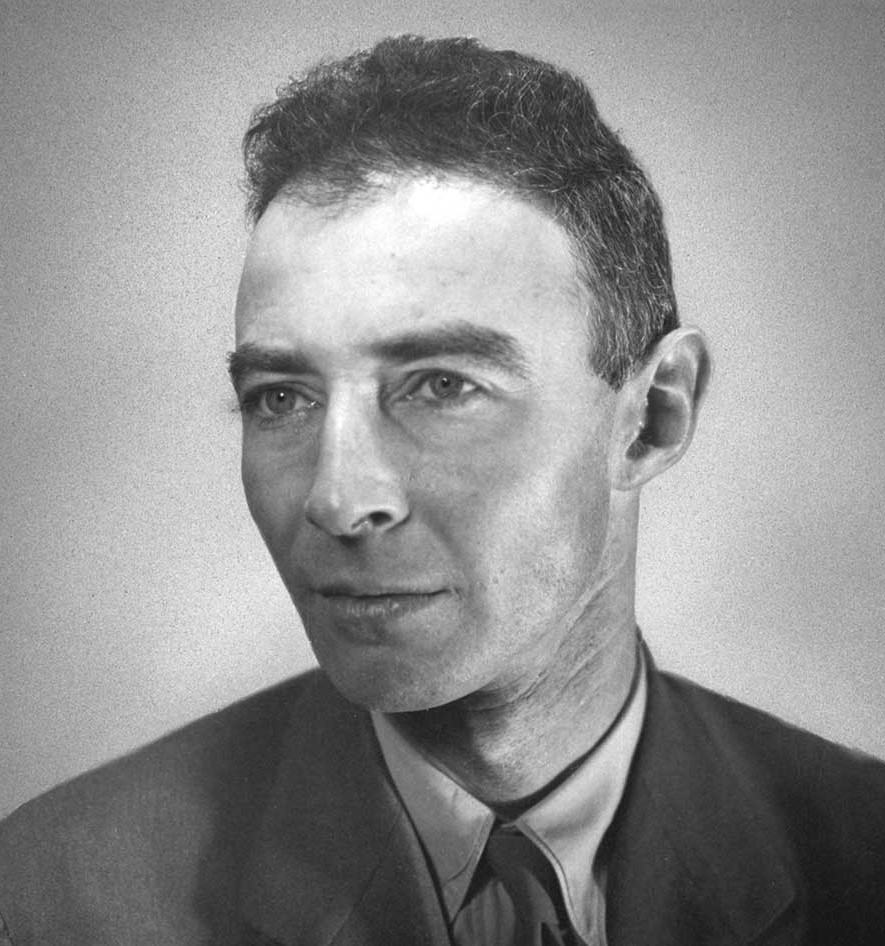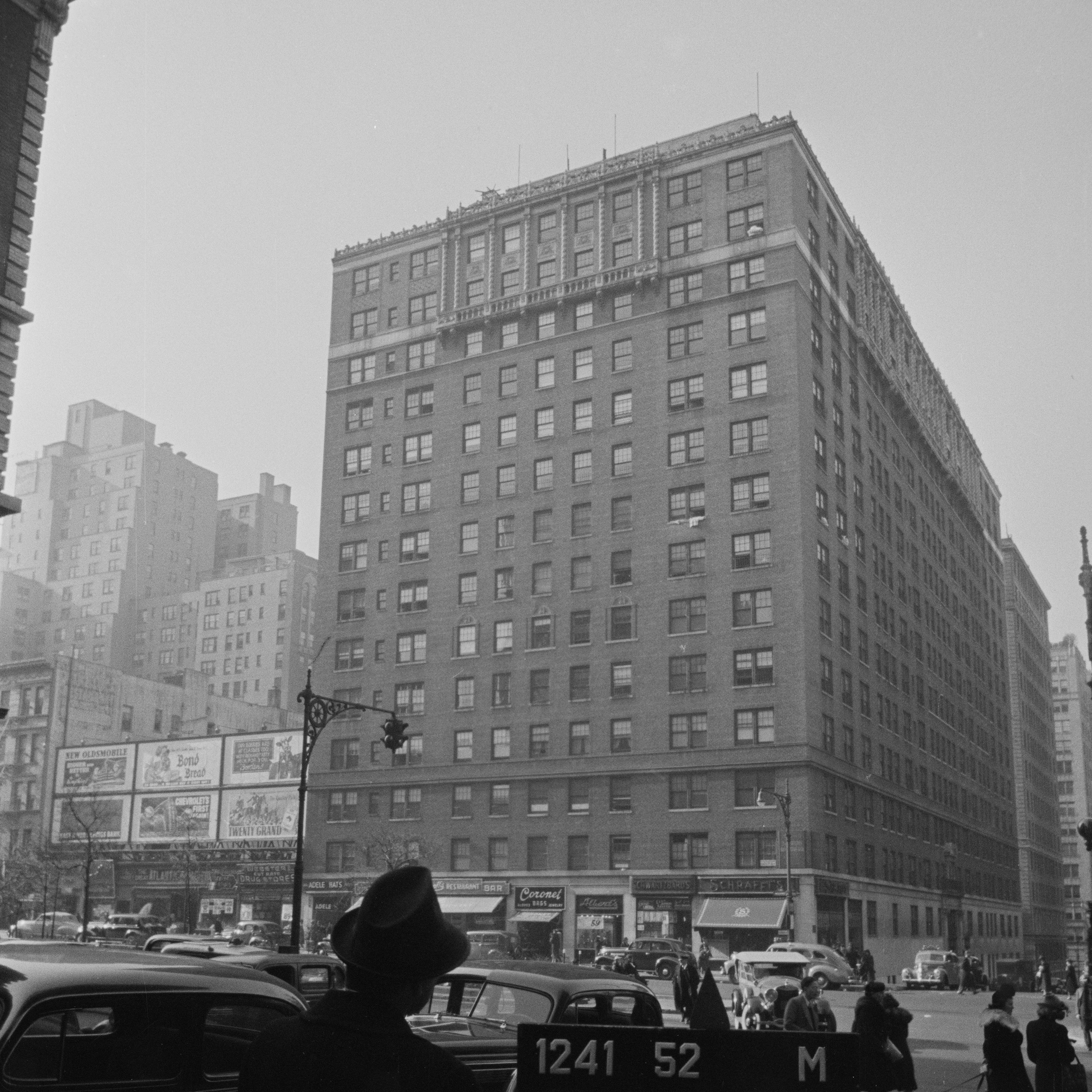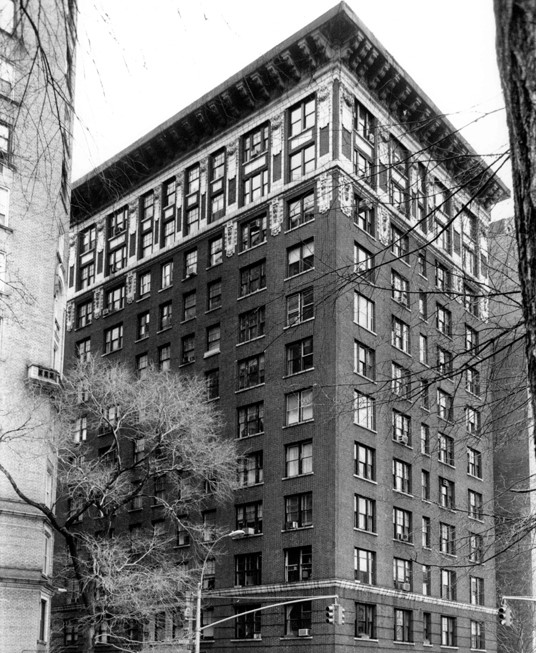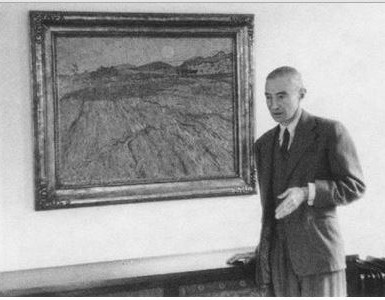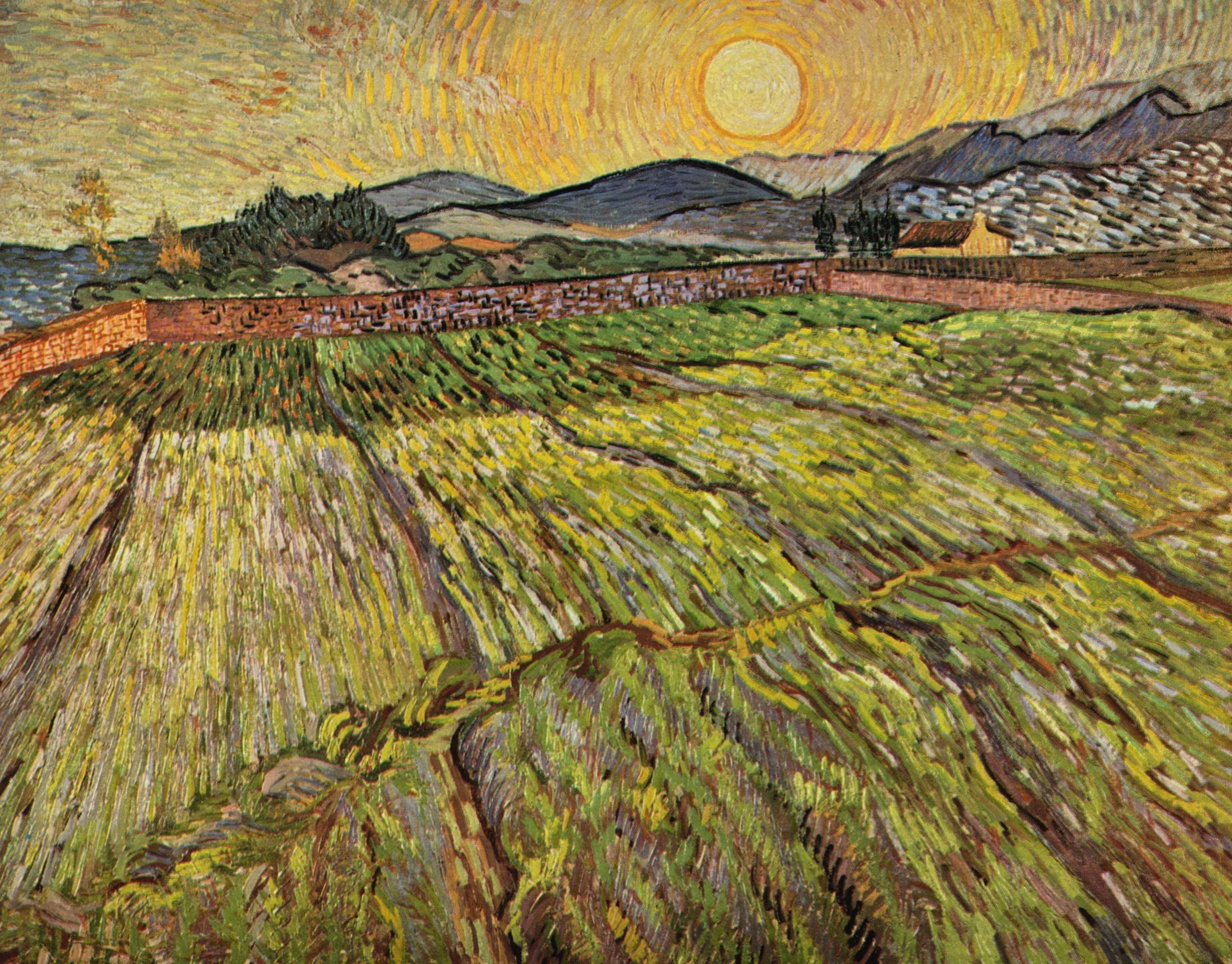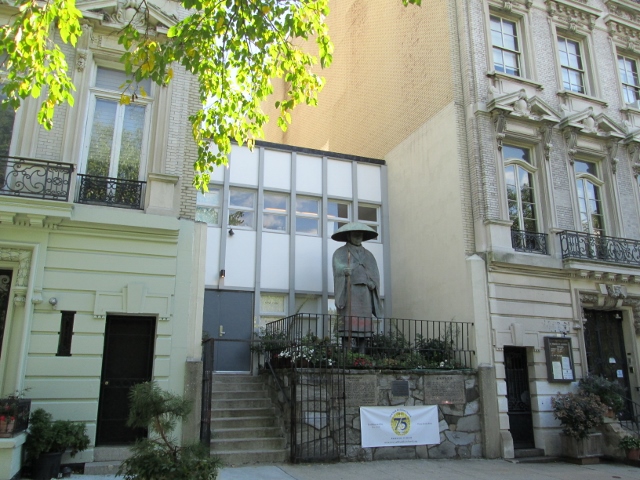By Megan Fitzpatrick
J. Robert Oppenheimer is credited with being the founding father of the American School of Theoretical Physics and the creation of the Atomic Bomb that decimated two cities in Japan during the Second World War. He was very much an Upper West Sider, having gotten his start in the affluent neighborhood, living on Riverside Drive and attending the Ethical Culture School. Read about the places that shaped the formative years of the infamous physicist.
250 West 94th Street (now known as The Stanton)
Julius Robert Oppenheimer (Robert Oppenheimer) was born in New York City on April 22, 1904, to wealthy textile importer Julius Oppenheimer and his wife, painter Ella Friedman Oppenheimer. The young family lived in the building that sat on the southwest corner of Broadway and 94th Street, preceding the construction of the Stanton apartments in 1924-25. When a poll was created among residents in 2008 to decide a name for the newly converted co-operative, Oppenheimer was one such name. Ultimately it was named after another former resident and Upper West Sider, suffragette Elizabeth Cady Stanton.
155 Riverside Drive
Oppenheimer’s childhood home was 155 Riverside Drive, in an apartment described as adorned with fine European furniture, and original paintings by Picasso, Rembrandt, and van Gogh. Oppenheimer grew up in privileged surroundings. His parents owned a chauffeur-driven Packard, and the Oppenheimer apartment was hung with magnificent modern artworks which ‘dominated a living room wallpapered in gold gilt’ written by Martin J. Sherwin and Kai Bird in their biography of the physicist.
The 12-story building, designed in 1910 by the architectural firm of Schwartz & Gross, a household name on the Upper West Side. Located in one of the most desirable neighborhoods in Manhattan, the residential building is faced in deep red Flemish bond brick and stands out along the rising and falling landscape of Riverside Drive with a two-story upper section of ornate terracotta panels and swags.
When the Oppenheimer family moved in, there were just two apartments per floor each with nine or ten rooms, three baths and over thirteen closets, according to a contemporary advertisement. They were among the newly built apartment’s initial residents, Oppenheimer only being about 7 years old, and lived on the 11th floor. His mother encouraged Robert to paint from a young age. He was described as a solitary and precocious child who enjoyed mineralogy and writing poetry.
In 1941, the sprawling apartments of 155 Riverside Drive had shrunk and divided, with now five apartments per floor. The building will also be recognized as the exterior shot of Will Truman and Grace Adler’s apartment in the popular sitcom Will and Grace.
Society for Ethical Culture School
The Oppenheimers were a non-observant Jewish family and sent young Oppenheimer to the Ethical Culture School, founded in 1878, on principles of rationalism and progressive secular humanism. In 1904, the Ethical Culture School constructed a new building at 33 Central Park West. Designed by Carrere & Hastings, its more traditional neo-Renaissance style stands juxtaposed, but not without compliment to Robert D. Kohn’s later Art Nouveau building, also part of the Ethical Culture Society complex.
Oppenheimer graduated from the Ethical Culture School in 1921. In the fall of 1922, he entered Harvard University and after briefly studying chemistry, switched to physics. The Ethical Culture Society School’s physics laboratory has since been named after him. The founder of the Society for Ethical Culture, Dr. Felix Adler, was a professor of political and social ethics at Columbia University until his death in 1933.
New York Buddhist Church
A few blocks away from his childhood home and Columbia University, where the Manhattan Project first began, stands tall a statue of great significance. In front of the New York Buddhist Church, wedged between high-rise residential buildings on 105th-106th Street and Riverside Drive remains a statue of a Japanese Buddhist monk Shinran Shonin, holding a staff, dressed in traveling robes and a large, traditional hat.
The bronze statue, originally located in Hiroshima, survived the impact of the Atomic blast and was later transported to New York in 1955 and stands as a quiet symbol of peace. The New York Buddhist Church has been an Upper West Side presence since 1938, having initially started in a brownstone on 94th Street between Amsterdam and Columbus Avenues.
Image References:
1. J. Robert Oppenheimer, Courtesy of Atomic Archives.
2. 250 West 94th Street (aka The Stanton) 1940s tax photograph, Courtesy of the NYC Municipal Archives.
3. 155 Riverside Drive, LANDMARK WEST!
4. Oppenheimer with his family owned van Gogh painting, credit Probway.files
5. Enclosed Field with Rising Sun by Vincent van Gogh
6. Shinran Shonin statue in front of the New York Buddhist Church on Riverside Drive.

